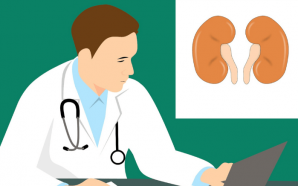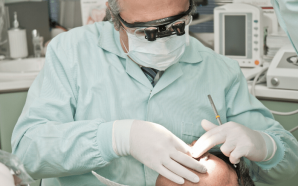There are 3 different types of hemophilia – hemophilia A, hemophilia B, and hemophilia C. Hemophilia is a blood disease which affects the clotting ability of the blood. The blood is lacking one of 13 different clotting factors or proteins. The lower the level of the clotting factor, the more severe the disease is.
The Severity of Hemophilia
For people unaffected by hemophilia their clotting factor levels are between 50 and 100%. The National Hemophilia Foundation created a breakdown of the clotting factor levels of those people affected by hemophilia.
- Mild hemophilia is identified by a clotting level of 6 -49%. 25% of all people with hemophilia have a mild case.
- Moderate hemophilia is identified by a clotting level of 1-5%. This type of hemophilia affects 15% of hemophilia patients.
- Severe hemophilia has less than 1% of a clotting factor. Severe hemophilia affects 60% of those with hemophilia.
The Symptoms of Hemophilia
Prolonged bleeding and unexplained bruising are the most common symptoms of hemophilia.
Hemophiliacs can start bleeding for no apparent reason, whether it is nosebleeds or excessive bleeding after something as simple as a vaccination. After an injury, dental procedure, or surgery, there can be extremely excessive bleeding. It is through incidents such as these that can lead to a diagnosis. It can be very hard for a hemophiliac to stop external bleeding once it starts and the symptoms associated with external bleeding are;
- heavy bleeding from a minor cut
- bleeding that stops and starts
- unexplained bleeding in the mucous membranes in the mouth and nose
Internal bleeding is another symptom in more severe hemophilia cases. This kind of bleeding can be life-threatening and needs to be monitored with extreme care. The symptoms of internal bleeding include;
- blood in urine or stool
- bigger than average bruises from small bumps
- abdominal pain that is persistent
Sometimes, internal bleeding can affect the joints and muscles. When internal bleeding seeps into the joints it can cause damage and deformities. Symptoms of this type of internal bleeding include;
- swelling and stiffness in joints (knees, elbows, hips, and shoulders)
- sensitivity to touch
- a hot feeling to the area
Finally, internal bleeding can become exceptionally severe when bleeding in the brain occurs. This generally happens after an accident or injury. If any of the following symptoms occur, immediate medical care should be sought;
- headaches
- neck stiffness
- mood swings or behavior changes
- weakness or imbalance
- extreme tiredness
- changes in vision
If you suffer from hemophilia, a medical bracelet should be worn at all times to alert any medical staff in case of an accident. Any medical or dental practitioners should be alerted to your condition as should caregivers or teachers or professors.
Featured Image: DepositPhotos/ ibreakstock








